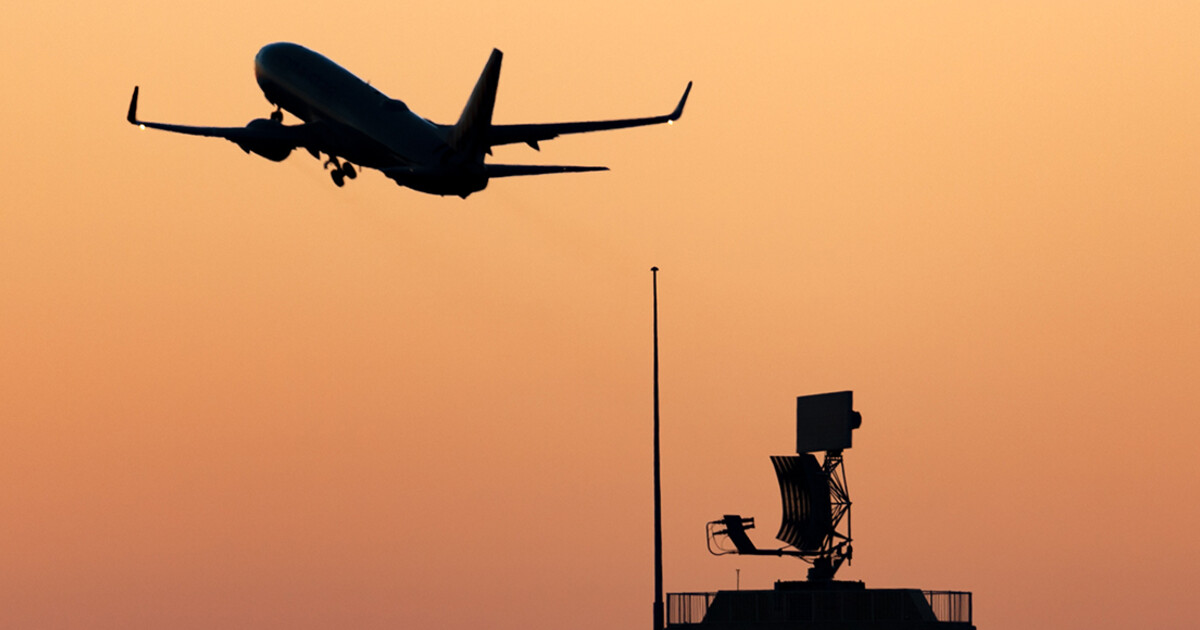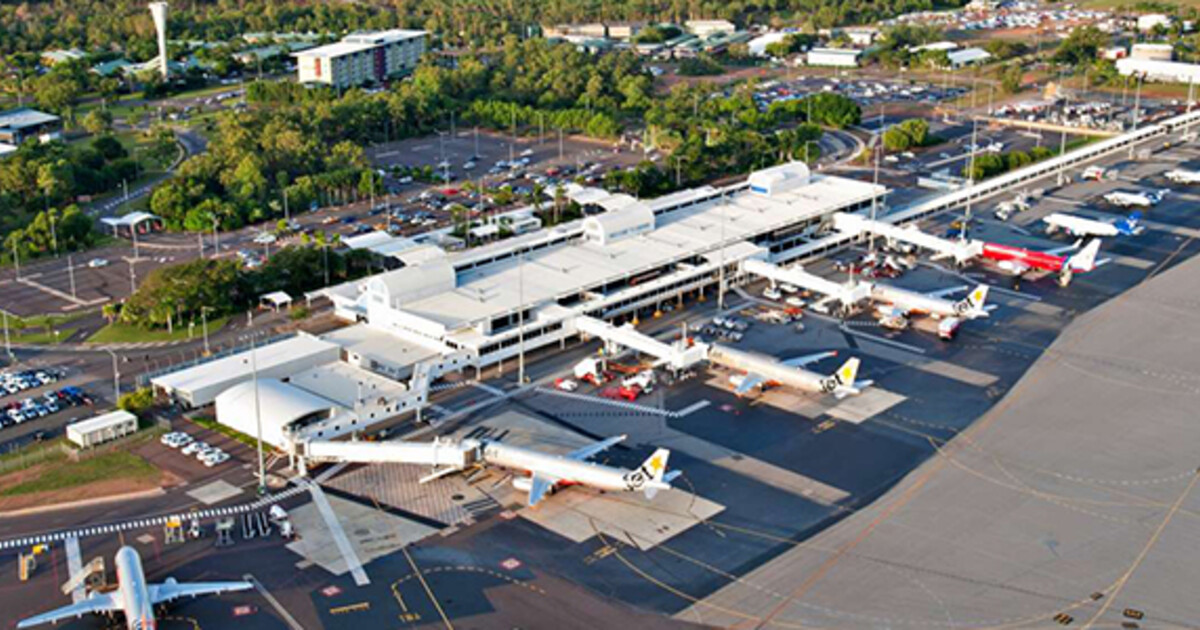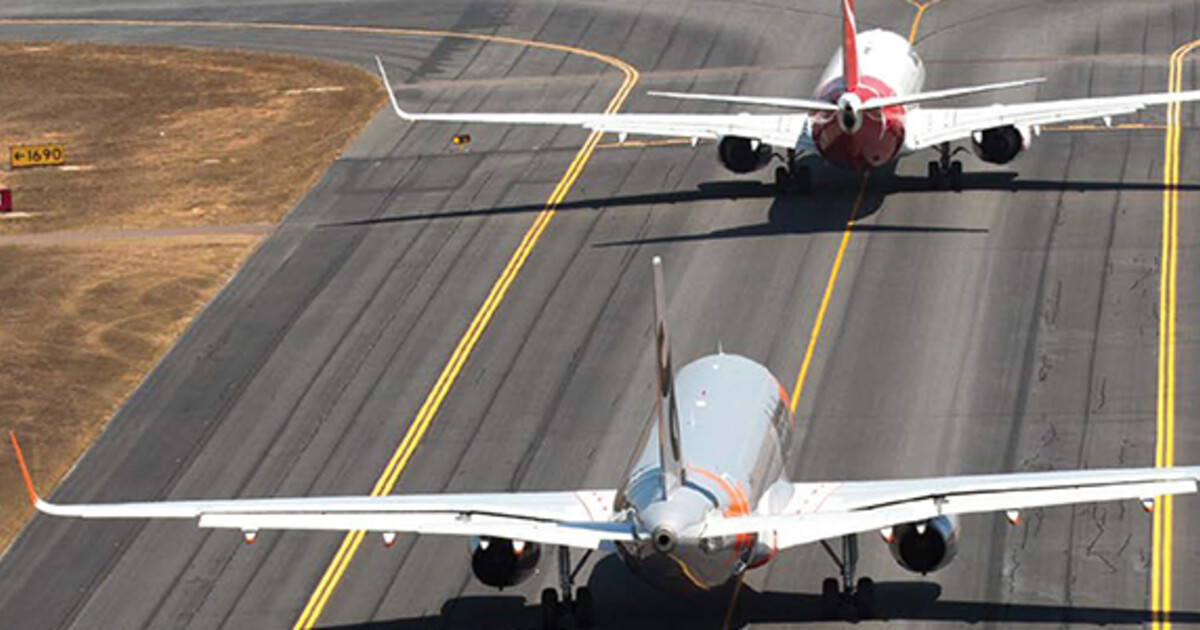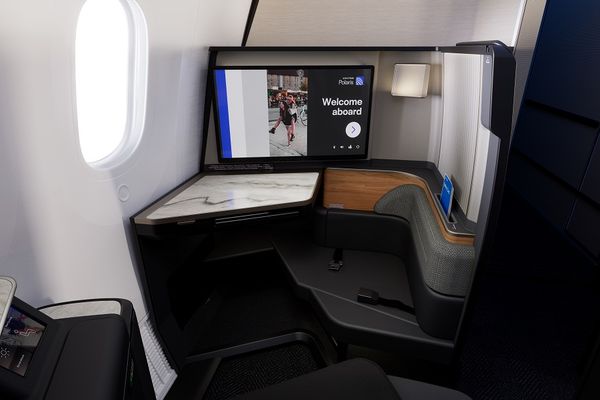
Industries around the world have been suffering from staff shortages since the pandemic. The travel sector, especially aviation, has experienced these struggles first-hand.
In Australia, a staff shortage among air traffic controllers has become a massive concern as many fear that the chances of a collision have risen.
Controller Shortage
A staff shortage at various Australian airport control towers is causing many concerns for pilots having to virtually "fly blind" at nighttime.

Northern Australia's Darwin International Airport (DRW) now offers no air traffic control services at night. This means that around midnight every night, over a dozen flights must manage arrivals and departures without the assistance of controllers.
Townsville Airport (TSV) now does not offer a staffed control tower on weekends in Queensland. As such, pilots of around 50 flights had to coordinate their takeoffs and landings alone last Sunday, according to a report by Bloomberg.
Many air traffic control staff left the industry in Australia following the COVID-19 pandemic. Australia was one country that effectively shut its borders completely during the pandemic, significantly affecting its aviation industry.

With international travel into Australia virtually nonexistent and the frequency of domestic flights already low, many air traffic controllers left their jobs.
Australia's Federal Transport Minister Catherine King reported in August 2023:
"We lost a lot of air traffic controllers. A lot of them took early redundancy because with the planes not flying, the work wasn't there, and the income wasn't coming in."
Even with travel recovering and Australia reopening, the country's air traffic controller situation has worsened.

Darwin Airport has 866 flights scheduled this month, representing the highest amount of flights that the airport has seen this year. This is a massive jump from 171 flights in May 2020, according to Cirium.
Increased Collision Risk
The controller shortage situation has gotten so bad that a Qantas pilot has admitted that a catastrophic incident "would not be surprising."
Tony Lucas, a senior Qantas pilot who is also President of the Australian and International Pilots Association (AIPA), noted that:
"Without air traffic control, the chance of errors by any one aircraft or pilot increases, and the ability to identify and correct those errors is dramatically reduced."

In April, the AIPA issued a safety warning regarding a higher risk of mid-air collisions in some areas.
However, regarding Darwin Airport, the Civil Aviation Safety Authority mentioned it was satisfied with arrangements between 10 pm and 6 am being safe for the anticipated traffic mix.
It is easy to understand why an air traffic controller shortage is so problematic. If you are the pilot of an aircraft, there is little you can see around you.
As the pilot, your main priority is the safe control of the aircraft itself. However, you depend highly on air traffic controllers to safely guide your plane into the air or onto the ground.

This is because air traffic controllers can see your surroundings. They can notify you of any aircraft nearby or any abnormalities that could threaten your plane.
Not having such controllers adds much more stress to the pilots, who already have much to deal with.
Despite suffering from a massive shortage, Australia has recruited 100 new air traffic controllers since 2020, with over 70 more expected to join by the 2025 fiscal year.
Alaska Airlines and LATAM Formally Dissolve Codeshare Partnership » Iraqi Basra Airlines Secures Air Operator Certificate » Jazeera Airways to Become First Commercial Carrier at Amman Marka Airport »
Comments (0)
Add Your Comment
SHARE
TAGS
NEWS Australian airportsair traffic controller shortageatc shortageaustralia airport issuedarwin airportRECENTLY PUBLISHED
 This Week in Aviation: The 10 Stories That Mattered Most
From major airline developments to aircraft updates and industry shifts, this weekly recap highlights the ten most-read aviation stories from the week of December 28.
INFORMATIONAL
READ MORE »
This Week in Aviation: The 10 Stories That Mattered Most
From major airline developments to aircraft updates and industry shifts, this weekly recap highlights the ten most-read aviation stories from the week of December 28.
INFORMATIONAL
READ MORE »
 Nearly 500 Flights Cancelled Following Venezuela Attack, Caribbean Airspace Closure
Hundreds of flights have been cancelled this morning after an overnight U.S. military attack in Venezuela left airspace in much of the Caribbean closed.
NEWS
READ MORE »
Nearly 500 Flights Cancelled Following Venezuela Attack, Caribbean Airspace Closure
Hundreds of flights have been cancelled this morning after an overnight U.S. military attack in Venezuela left airspace in much of the Caribbean closed.
NEWS
READ MORE »
 Why Airline Class Wars Will Intensify in 2026
The "Class War" of 2026 is no longer just about legroom; it is a calculated, multi-billion-dollar strategic pivot by Original Equipment Manufacturers (OEMs) and carriers to capture a "splurge-ready" traveller base that is increasingly opting for "one big trip" over frequent, low-cost hops.
INFORMATIONAL
READ MORE »
Why Airline Class Wars Will Intensify in 2026
The "Class War" of 2026 is no longer just about legroom; it is a calculated, multi-billion-dollar strategic pivot by Original Equipment Manufacturers (OEMs) and carriers to capture a "splurge-ready" traveller base that is increasingly opting for "one big trip" over frequent, low-cost hops.
INFORMATIONAL
READ MORE »



